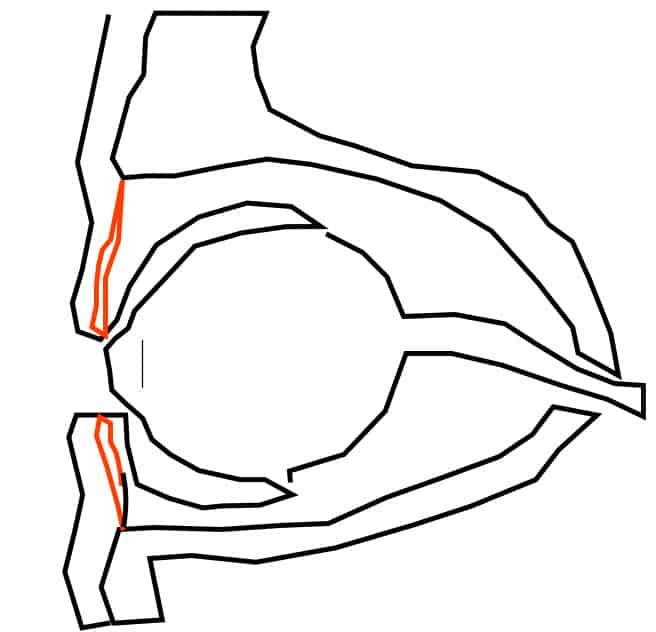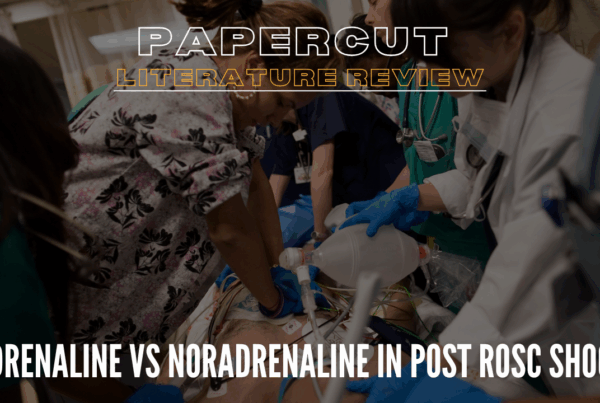What differentiates Peri-orbital from Orbital Cellulitis is which side of the orbital septum the infection is on.
 The orbital septum is a layer of fascia that extends vertically from the periosteum of the orbital rim down to the elevator aponeurosis and the inferior border of the tarsal plate. Anatomically that’s great, but clinically it doesn’t help us at all.
The orbital septum is a layer of fascia that extends vertically from the periosteum of the orbital rim down to the elevator aponeurosis and the inferior border of the tarsal plate. Anatomically that’s great, but clinically it doesn’t help us at all.
The diagnosis itself is very important to make, as approximately 11% of patients with orbital cellulitis suffer visual loss.
The classic signs of :
- decreased vision
- conjunctival haematoma
- proptosis
- pain on eye movement
- pain on eye movements
make it easy to diagnose orbital cellulitis. What if they are in the early stages? What if the patient doesn’t have all those symptoms? Is there some way to diagnose it early. Yes there is, however if you are unsure, treat it like you would a wide complex tachycardia. Treat, because the risk of non-treatment is significant.










